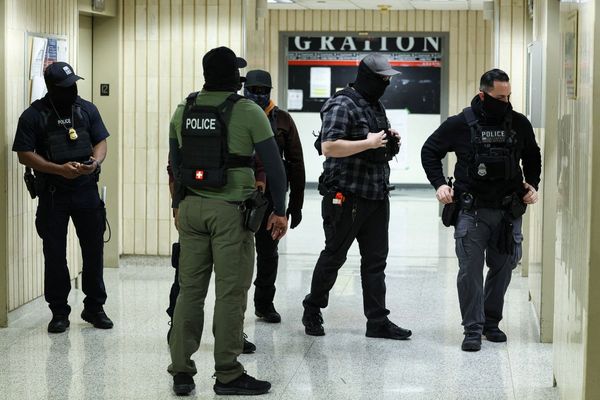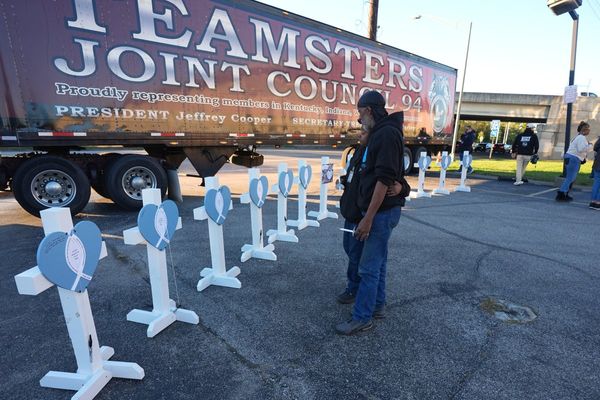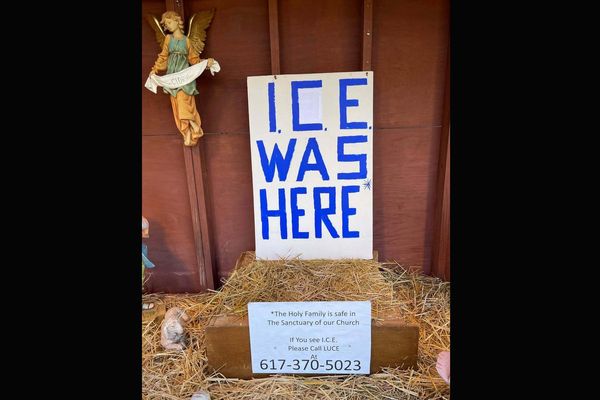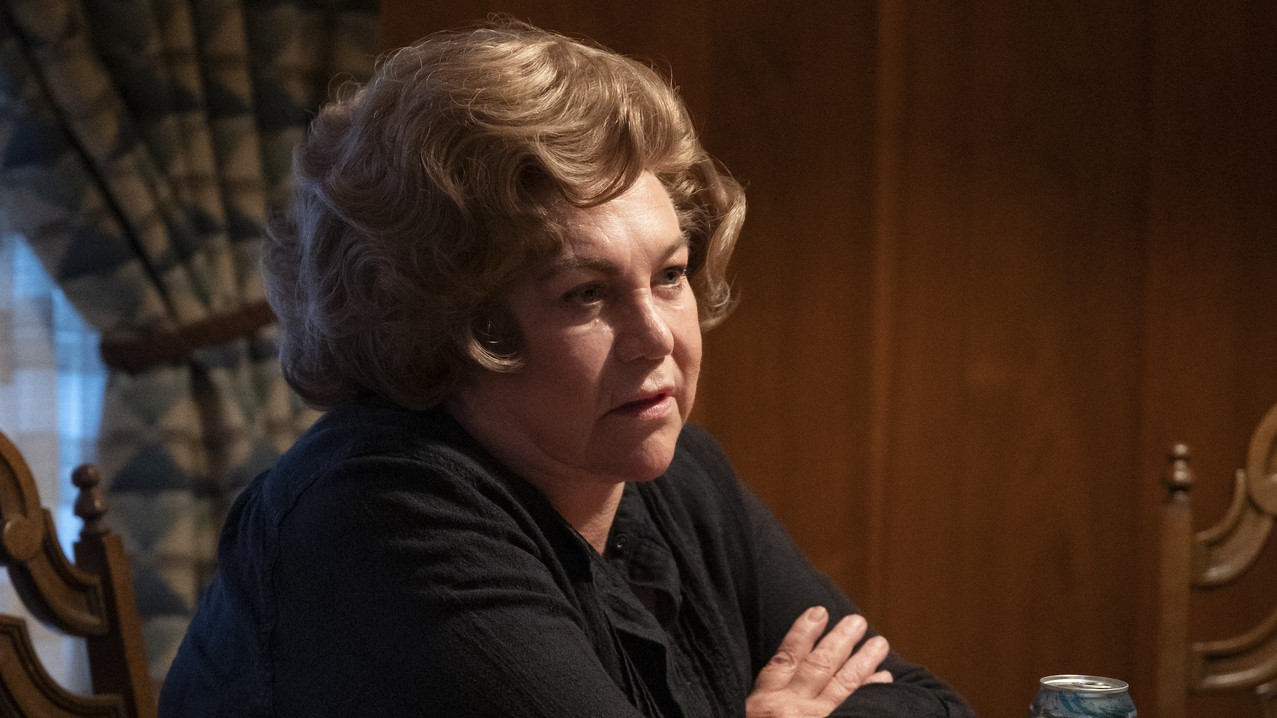
After proving themselves of some value to the Nixon administration, Howard Hunt (Woody Harrelson) and Gordon Liddy (Justin Theroux) are thinking bigger in White House Plumbers episode 2. However, they may not be on the same page as the administration on how to go about ensuring President Nixon secures re-election.
An opportunity to fix that comes when a new scandal arises from the White House, involving a lobbyist, hotels for the 1972 Republican National Convention and a memo. Plus Hunt and Liddy get the greenlight for the operation that is going to bring the Nixon White House tumbling down.
But just how much of what we saw in White House Plumbers episode 2 is actually fact and how much of it is fiction? We're here to break that down, detailing just who Dita Beard was and what happened with her testimony, and what exactly Project Opal was.
Check out our previous Fact vs Fiction for White House Plumbers episode 1
Who is Dita Beard?
The fiction
In the opening moments of the episode, lobbyist Dita Beard (Kathleen Turner) is typing out a memo that confirms the company she represents, International Telephone and Telegraph Corporation (ITT), paid for $400,000 worth of hotel rooms in San Diego for the 1972 Republican National Convention in exchange for an anti-trust lawsuit to be settled by the Justice Department. In the memo, she mentions John Mitchell (John Carroll Lyncy), Nixon's attorney general.
In the early months of 1972, a journalist named Jack Anderson obtained the memo and reported on it, launching a Senate investigation with Beard set to be the key witness. That's where Hunt and Liddy come in.
Liddy first visits Beard and tells her they can avoid her testifying and any ramifications for her missing it if she has a medical emergency — specifically, playing up the heart condition she has and holding her up in a Denver hospital. However, the Democrats in the Senate are determined to have the hearing, planning to fly out to Denver to get her testimony in person. That's when Hunt goes to see Beard, convincing her to say the memo is a forgery, even though she knows it is not. In exchange for supporting the Republican party, Hunt promises that ITT would eventually compensate her.
Beard goes along with this and officially testifies that the document is a forgery. The investigation into the memo is dropped soon after.
The fact
Most of the above actually happened as depicted in White House Plumbers. The ITT memo detailing the $400,000 "donation" by Beard was picked up by Anderson and a Senate subcommittee was planning on having her give testimony in Washington, ultimately doing so in Denver in a hospital. During the testimony, she did suffer from an apparent heart attack and could not testify for six months on doctor's orders, per a New York Times story.
Whether or not all of this happened because of the influence of Hunt and Liddy seems to be a situation of he said, she said. The Washington Post reported that Beard denied testimony from John Mitchell to the Senate Watergate Committee that she had been "spirited" out of Washington by Liddy by orders of the White House. Bear said, "It never happened that way. I came out here myself. Liddy had nothing to do with it."
For what it’s worth, the New York Times reported that the Senate Judiciary Committee had two experienced cardiologists examine Beard and neither found evidence of heart disease.
Was Watergate known as Project Opal?
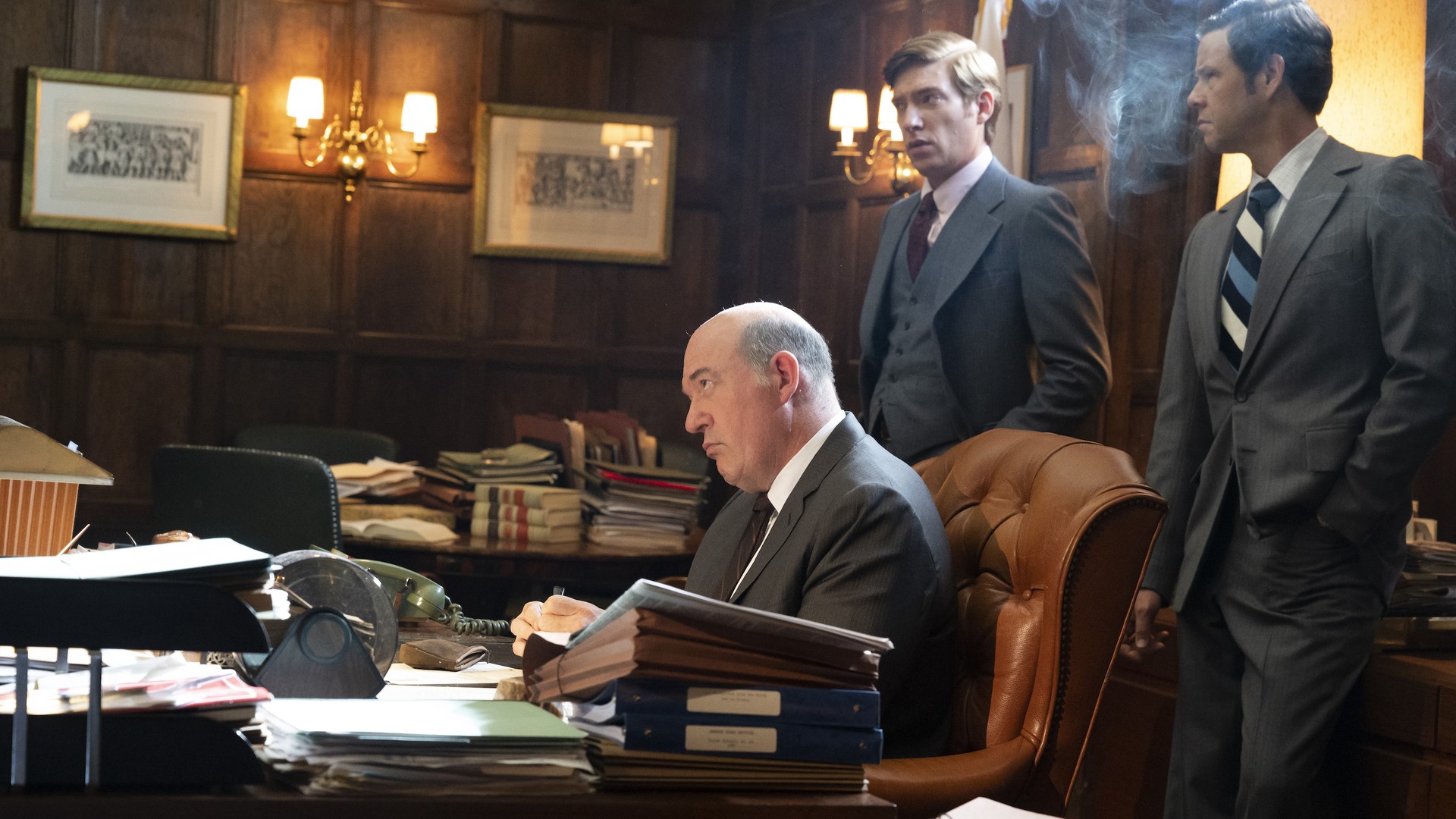
The fiction
High off their success in episode 1, Hunt and Liddy are devising a series of new plans to gather intel and blackmail on the Democrats, including hiring prostitutes to entertain Democratic party members on a yacht during the 1972 Democratic National Convention in Miami. There were a series of plans all under the umbrella of what they refer to as Project Gemstone.
John Mitchell shoots all of these ideas down and tells them to forget it. However, after they help out with the Beard situation, Mitchell does decide to OK their plans, but only one — Project Opal, a surveillance job at the Democratic National Committee headquarters at the Watergate Hotel.
The fact
Politico offers a detailed story on Project Gemstone, which had just as many (if not more) outlandish plans than what was presented in the show.
First, we have to mention a small moment in the episode where Liddy covertly grabs a parcel on the sidewalk, containing the proposal graphics. This apparently really happened, per Politico's report.
But back to Project Gemstone. Just about all of the projects that Liddy mentions in the episode were true and named for precious gemstones — the kidnapping of protestors outside the Republican National Convention (Project Diamond), a spy plane (Project Emerald) and the yacht in Miami (Project Crystal). Project Opal was not one but actually four plans (Opal I through Opal IV) for burglaries targeting the campaign offices of Democratic candidates.
Liddy eventually presented a scaled back version of his plans to Mitchell, who after a couple of months approved them and provided a budget of $250,000, with one of the first targets being the DNC office in the Watergate Hotel.
So, long story short, the Watergate break-in did stem from Project Gemstone and was at the very least inspired by Project Opal, if not directly one of the specific plans from it.
New episodes of White House Plumbers air Mondays on HBO, while also streaming on HBO Max.

